
Charles Babbage’s analytical engine (see Fig. 1), which already provided for conditional branching, is regarded as the ancestor of the modern-day computer. He wanted to control his programmable machine with punched cards similar to the automatic looms from France.
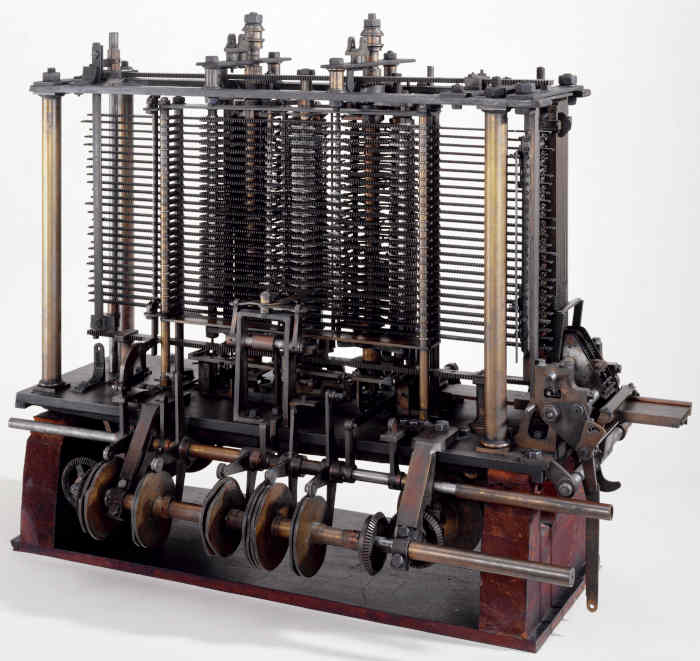
Credit: Science Museum, London/Science & Society Picture Library
Punched tapes or punched cards joined to tapes simplified work on looms (pattern control). Among the pioneers were Basile Bouchon (see Fig. 2), Jean-Baptiste Falcon (see Fig. 3), and Joseph-Marie Jacquard (see Fig. 4). Their achievements are on view in the Musée des arts et métiers in Paris.
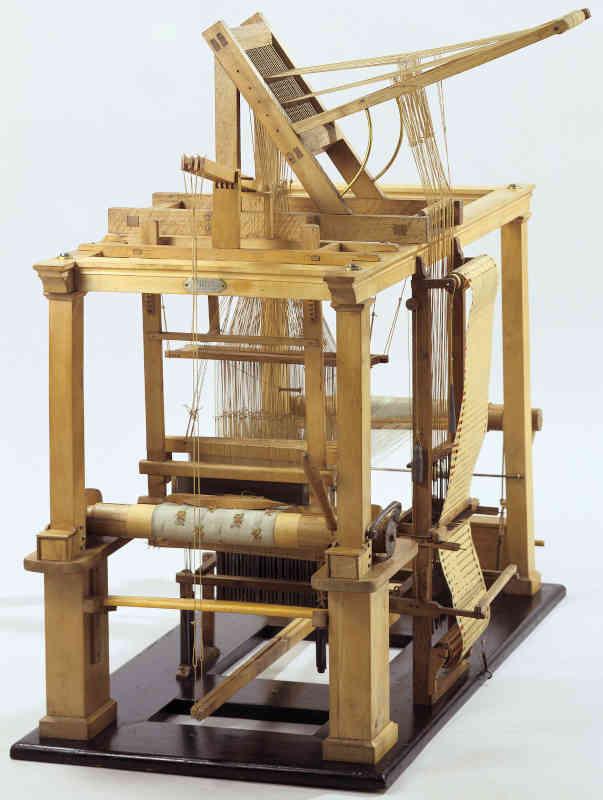
This semiautomatic loom (functional model) is punched tape-controlled.
Credit: Sylvain Pelly/Musée des arts et métiers/Cnam, Paris
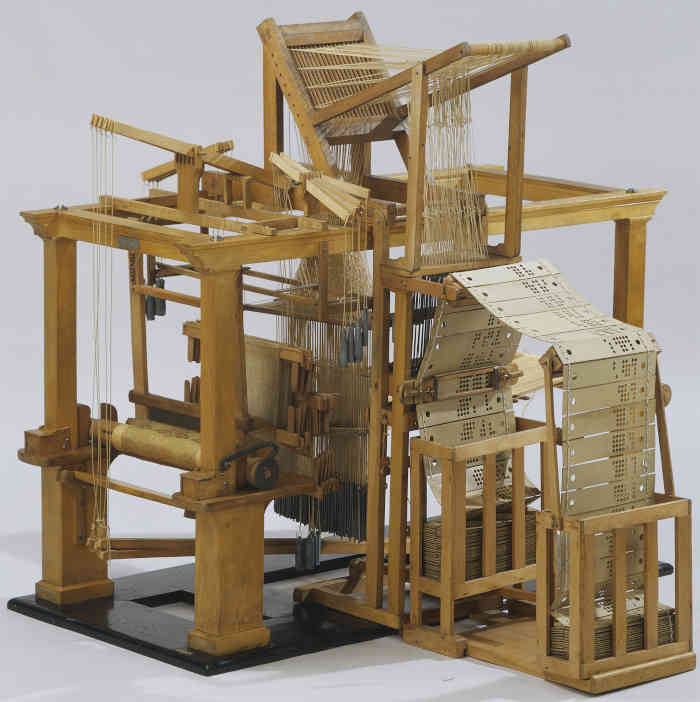
This semiautomatic loom (functional model) is punched card controlled, and the punched cards are bound together.
Credit: Sylvain Pelly/Musée des arts et métiers/Cnam, Paris
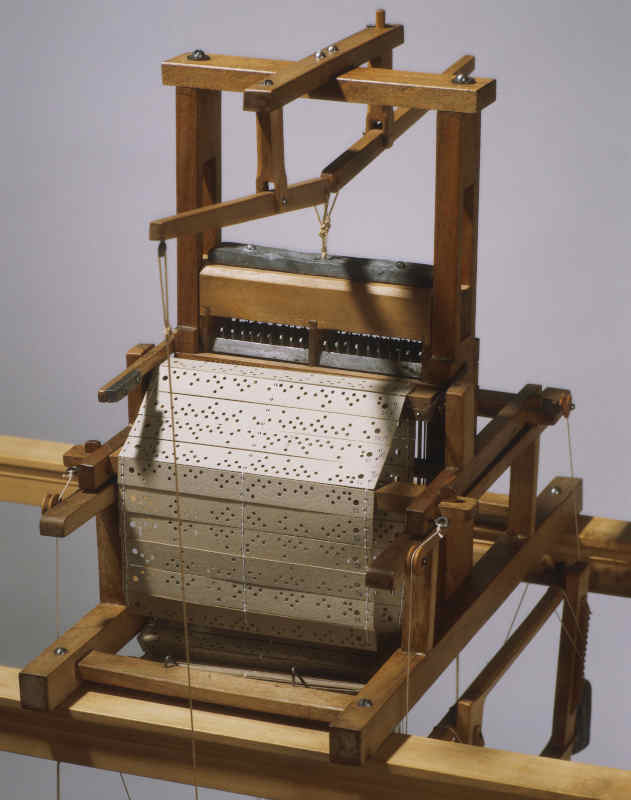
This fully automatic loom (functional model) is punched card controlled.
The concatenated cardboard cards were punched according to the required pattern.
Credit: Studio Cnam/Musée des arts et métiers/Cnam, Paris
The upsurge of punched card machines began in 1890 with the American census (Herman Hollerith). Punch card machines (see Fig. 5) were in use until the 1980s.
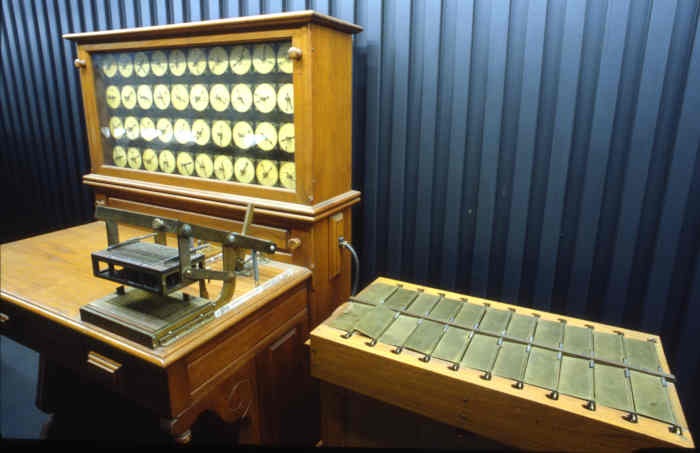
Credit: Museo nazionale della scienza e della tecnologia “Leonardo da Vinci”, Milan
Sources
- Bruderer, Herbert: Milestones in Analog and Digital Computing, Springer Nature Switzerland AG, Cham, 3rd edition 2020, 2 volumes, 2113 pages, 715 illustrations, 151 tables, https://www.springer.com/de/book/9783030409739
- Bruderer, Herbert: Meilensteine der Rechentechnik, De Gruyter Oldenbourg, Berlin/Boston, 3. Auflage 2020, Band 1, 970 Seiten, 577 Abbildungen, 114 Tabellen, https://www.degruyter.com/view/title/567028?rskey=xoRERF&result=7
Herbert Bruderer is a retired lecturer in didactics of computer science at ETH Zurich. More recently, he has been an historian of technology. bruderer@retired.ethz.ch, herbert.bruderer@bluewin.



Join the Discussion (0)
Become a Member or Sign In to Post a Comment